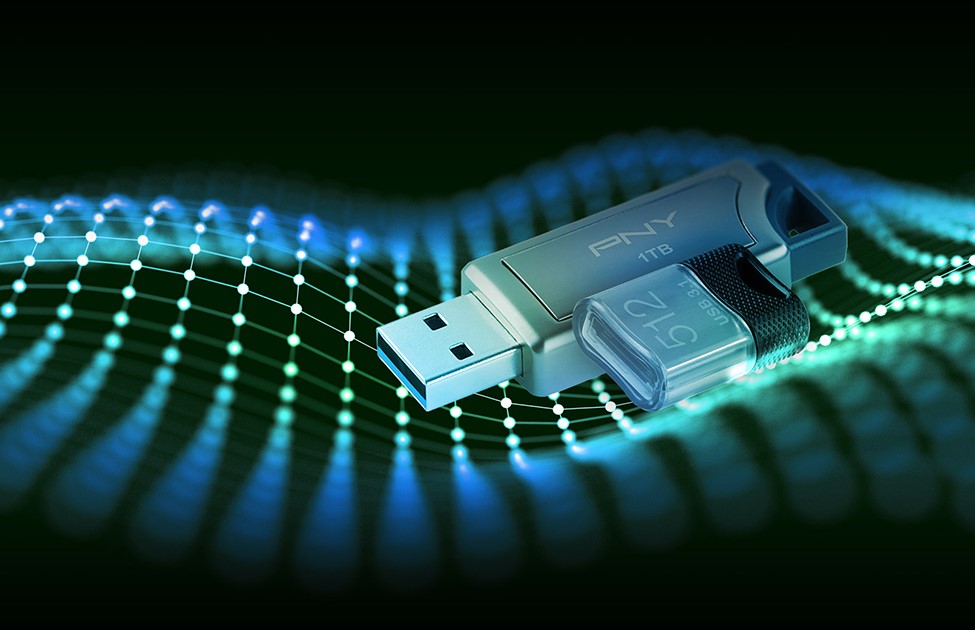The Legacy USB Support of the mainboard has several tasks. Activation is necessary when various functions are not available.
Legacy USB Support: Activation in Phoenix BIOS
The Legacy USB Support has the task of ensuring smooth operation between the mainboard and connected, external peripherals. However, the function usually has to be activated in the BIOS first. In addition, the feature ensures that you can use devices such as a mouse and keyboard even before Windows has booted up. Mice and keyboards are then treated in the BIOS as devices that use the old PS/2 interface. The USB interface is therefore already accessible beforehand, which is useful, for example, if you want to boot from a USB stick. In newer UEFIs, if Legacy USB Support is activated, it is also possible to use the graphic interface with the mouse. However, bear in mind that USB printers that are switched on, for example, can prevent the system from booting. Phoenix Technologies provides a common BIOS in which you can activate the function in a few steps:
- Call up the BIOS by pressing the corresponding key several times when switching on. This is usually F1, F2 or F8. Depending on the manufacturer, a different key is pressed, and you may also have to press the Fn key at the same time.
- In the submenu, go to the item “USB Legacy Support”.
- There are three selection options with which you can determine the function of the Legacy USB Support. With “Auto”, the function is started automatically as soon as USB devices are connected. With “Enabled”, the Legacy USB Support is permanently active, which is useful if you frequently make settings in the BIOS with the mouse or want to boot from a USB stick from time to time. With “Disabled”, the function is completely deactivated.
- Select the desired operating setting with “Enter” and then navigate to “Exit”. Accept the change with “Exit & Save Changes” and confirm with “Yes”.
Legacy USB Support: Activation in UEFI
In newer mainboards, the UEFI has established itself as the modern successor to the BIOS. The BIOS descendant copes better with newer hardware, including the faster SSD, and can be called up more quickly. Note, however, that legacy USB support may be found under other items in the UEFI. The names of the crucial settings may be different. If you want to enable the feature, look for these items in the submenus:
-
- USB Legacy Support
-
- USB Emulation
-
- USB Device Legacy Support
-
- USB BIOS Supported Devices
